
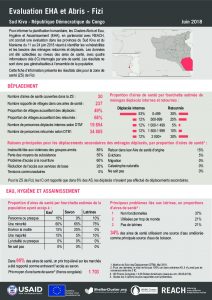
DRC_Factsheet_Evaluation EHA et Abris_Sud Kivu_Fizi_Juin 2018
PDF598.1K
The Democratic Republic of Congo has been plagued by a complex humanitarian crisis marked by localized violence and ethnic conflict for decades. These dynamics have been amplified by widespread health issues, such as recent Ebola outbreaks. In 2019, the Humanitarian Response Plan for the Democratic Republic of the Congo stated that an estimate of 12.8 million people were in need of humanitarian assistance − approximately 13% of the country’s population.
Due to this volatile situation and the need to launch adapted responses as quickly as possible IMPACT, through its initiative REACH and partner ACTED, is supporting humanitarian actors in strengthen assessment activities and implementation. IMPACT has also provided critical humanitarian information to aid actors and response planners since first deployed to the country.
The displacement crisis in North Kivu, Democratic Republic of Congo (DRC), is rapidly worsening, exacerbating existing vulnerabilities in a region already beset by severe and persistent needs. Our research highlights the urgent need for food assistance, the rising risk of gender-based violence (GBV) among internally displaced persons (IDPs), and the critical need for long-term solutions to support livelihoods and resilience.
Community voices from DRC
Community members in North Kivu are expressing a desperate need for food and stable employment. ‘We need food now, but we also need jobs to sustain our families in the long term,’ says a local resident from Goma.
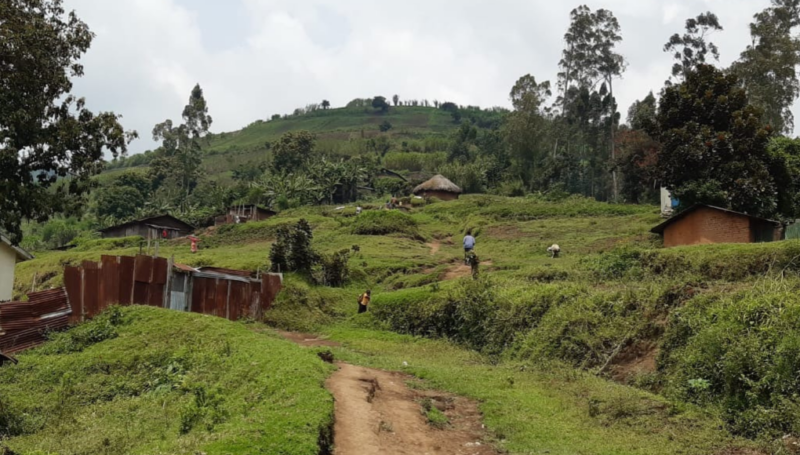
Eastern DRC is a vast region, home to over 100 million people. As of November 2024, nearly 6.9 million people have been displaced, making it one of the largest displacement...
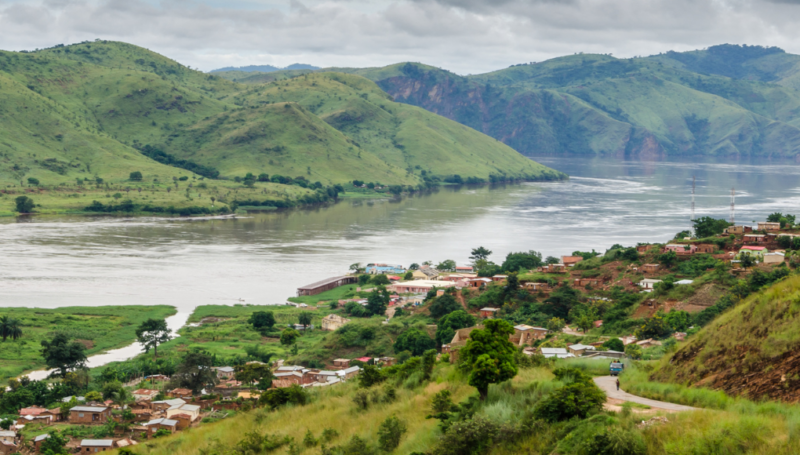
L’instabilité et les conflits à l’Est de la République Démocratique du Congo (RDC) ont entraîné un déplacement massif de la population, notamment dans la région de Goma, capitale du Nord-Kivu....
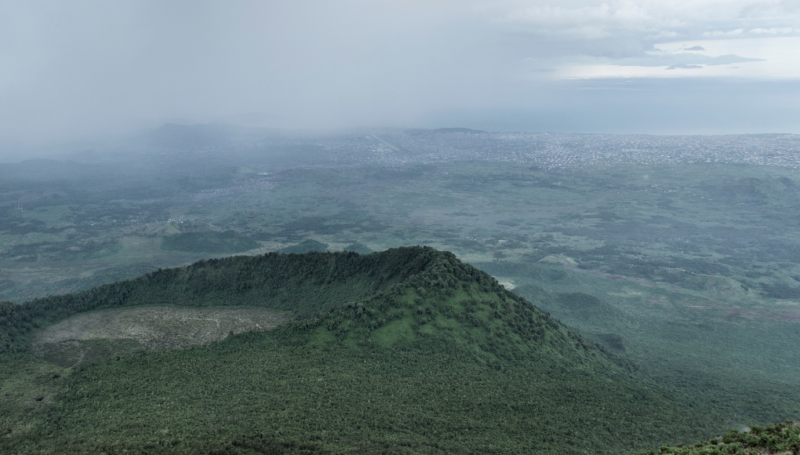
The displacement crisis in North Kivu, Democratic Republic of Congo (DRC), is rapidly worsening, exacerbating existing vulnerabilities in a region already beset by severe and persistent needs. Our research highlights...


DRC_Factsheet_Evaluation EHA et Abris_Sud Kivu_Fizi_Juin 2018
PDF598.1K

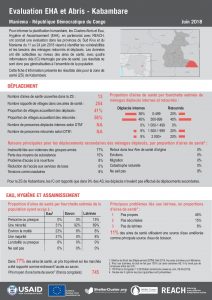
DRC_Factsheet_Evaluation EHA et Abris_Maniema_Kabambare_Juin 2018
PDF717.5K

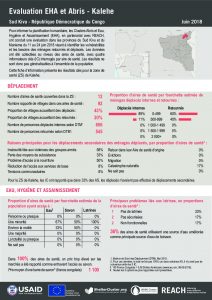
DRC_Factsheet_Evaluation EHA et Abris_Sud Kivu_Kalehe_Juin 2018
PDF614.9K

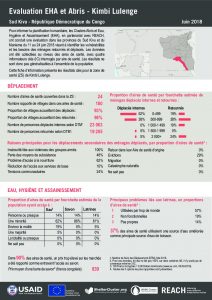
DRC_Factsheet_Evaluation EHA et Abris_Sud Kivu_Kimbi Lulenge_Juin 2018
PDF614.5K

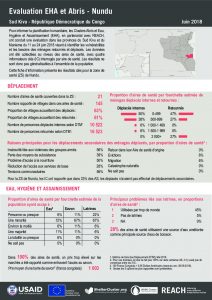
DRC_Factsheet_Evaluation EHA et Abris_Sud Kivu_Nundu_Juin 2018
PDF600.6K

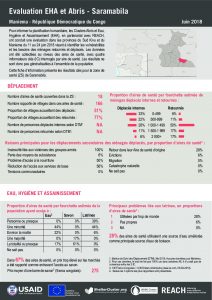
DRC_Factsheet_Evaluation EHA et Abris_Maniema_Saramabila_Juin 2018
PDF572.5K

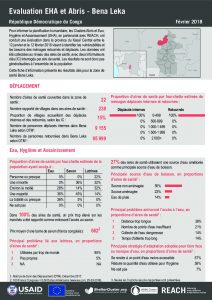
DRC_Factsheet_Evaluation EHA et Abris au Kasaï Central, par Zone de Santé_Février 2018_Février 2018
PDF8.5M

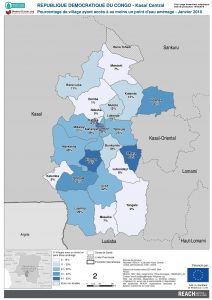
REACH_RDC_Map_KasaiCentral_PtEauAménagés_19MAR2018_A4
PDF854.4K

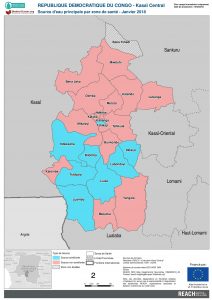
REACH_RDC_Map_KasaiCentral_SourceEau_19MAR2018_A4
PDF827.6K

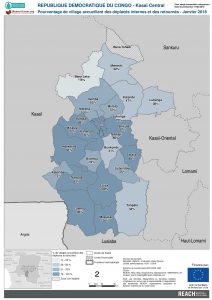
REACH_RDC_Map_KasaiCentral_Deplacement_19MAR2018_A4
PDF825.8K

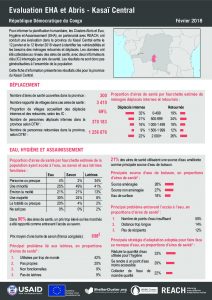
RDC_Factsheet_Evaluation EHA et Abris_Province du Kasaï Central_Février 2018
PDF423.7K

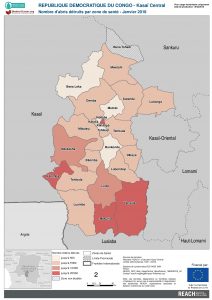
REACH_RDC_Map_KasaiCentral_AbrisDetruits_19MAR2018_A4
PDF827.0K

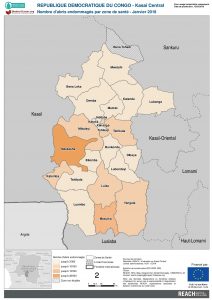
REACH_RDC_Map_Kasaicentral_AbrisEndomagés_19MAR2018_A4
PDF837.4K

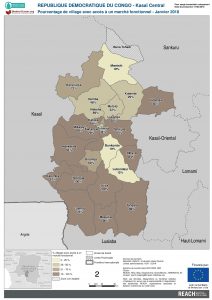
REACH_RDC_Map_KasaiCentral_AccesMarche_19MAR2018_A4
PDF830.9K


DRC_GWC_REACH_WASH_SDR_Presentation
PPTX7.2M

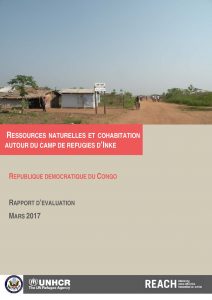
RDC_Rapport_Impact Ressources Naturelles Inke_Mars 2017
PDF963.4K